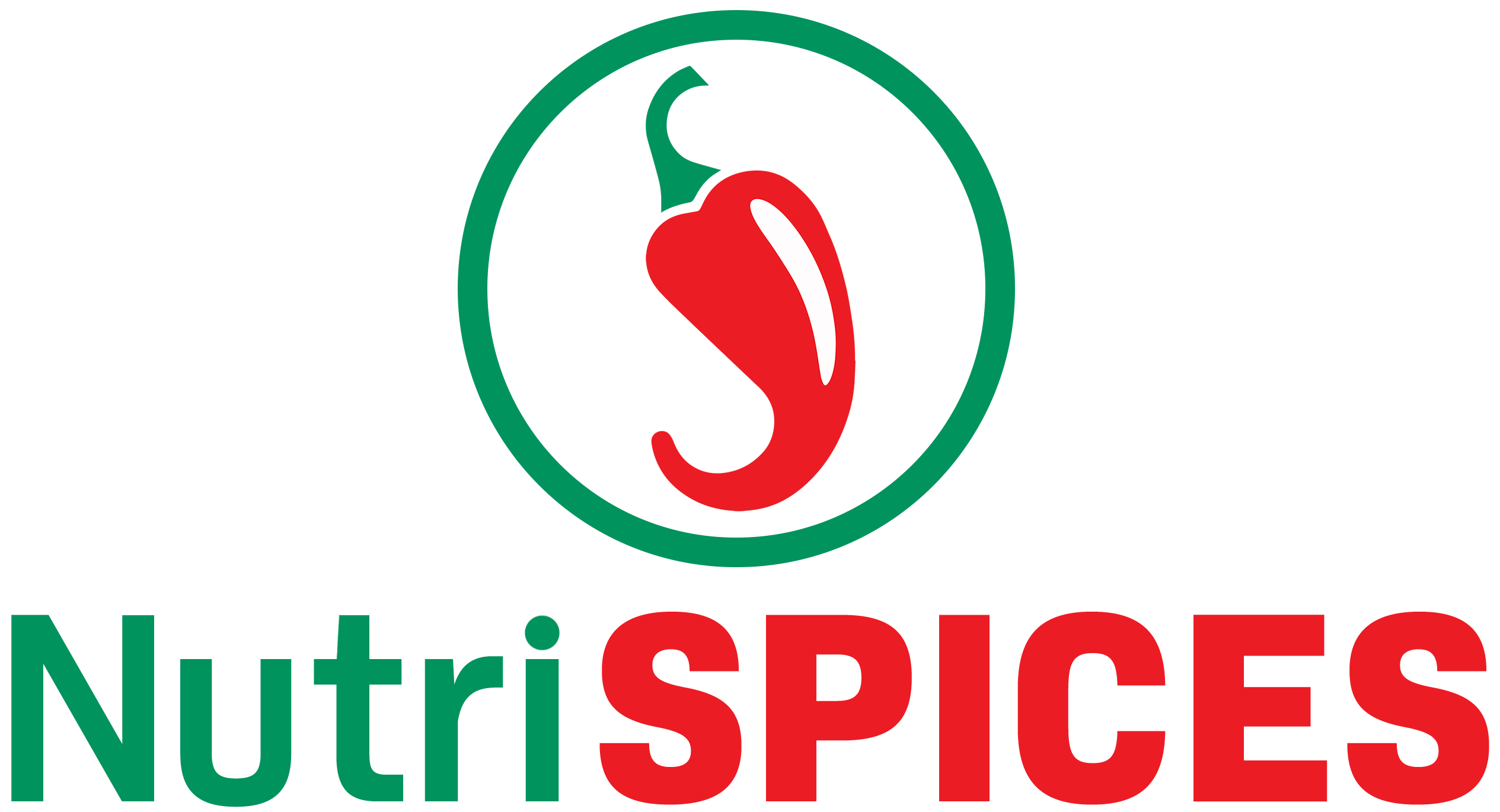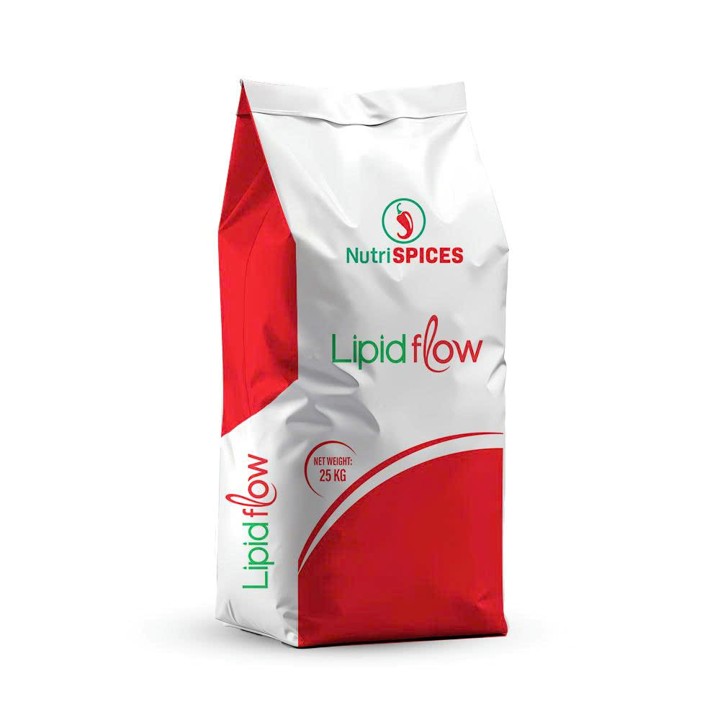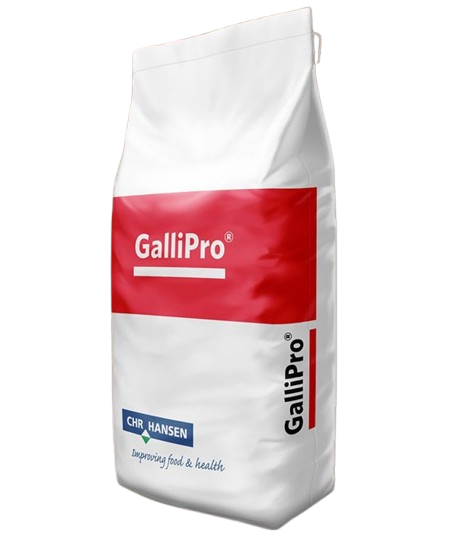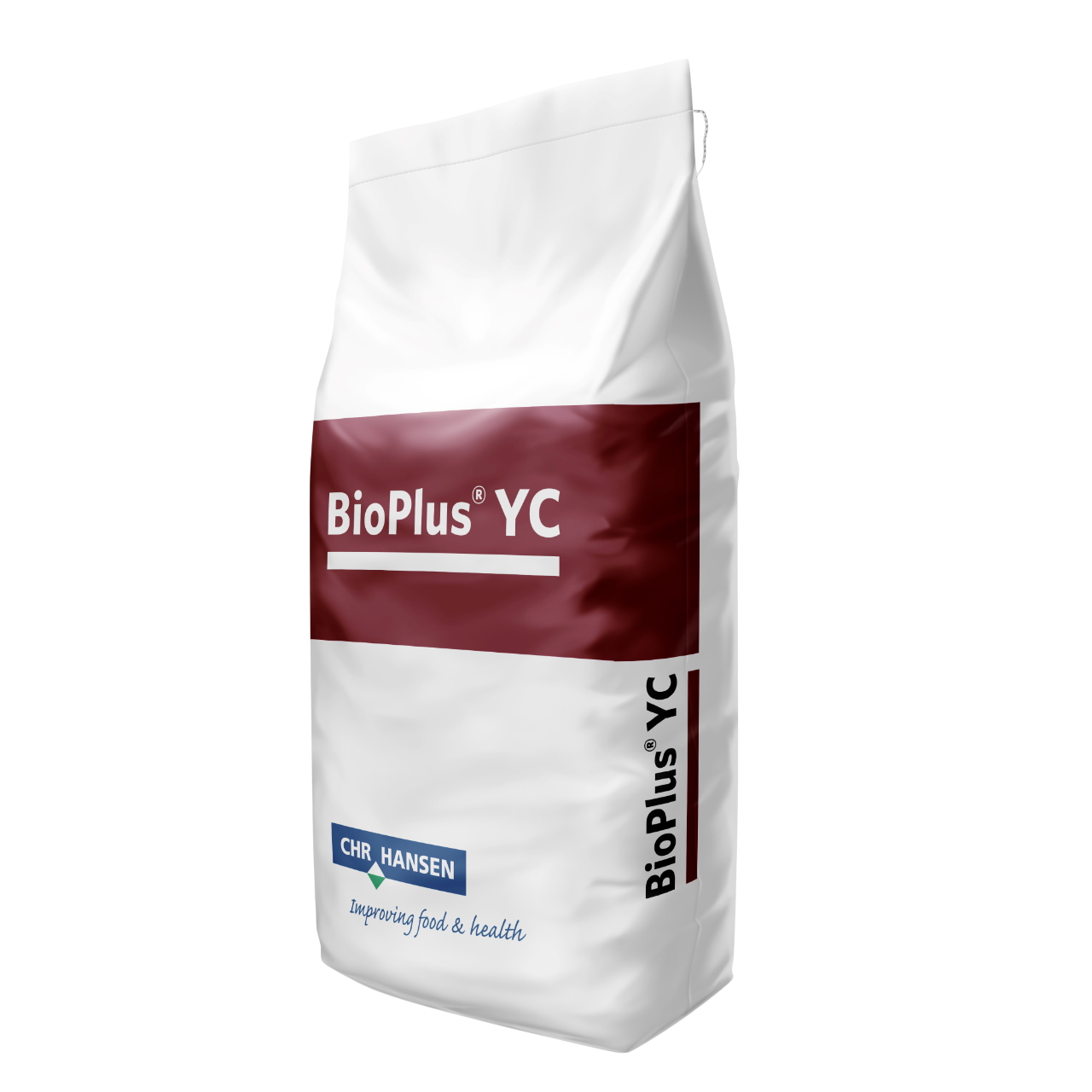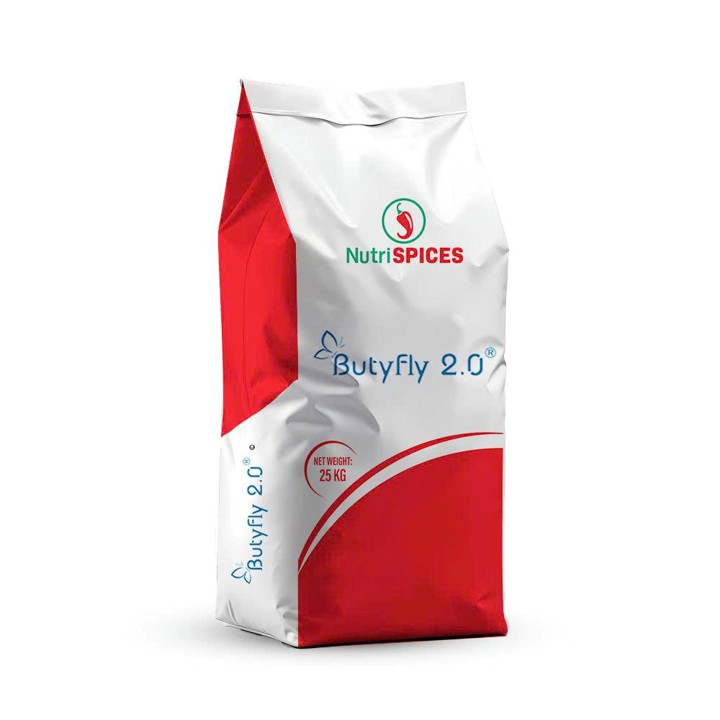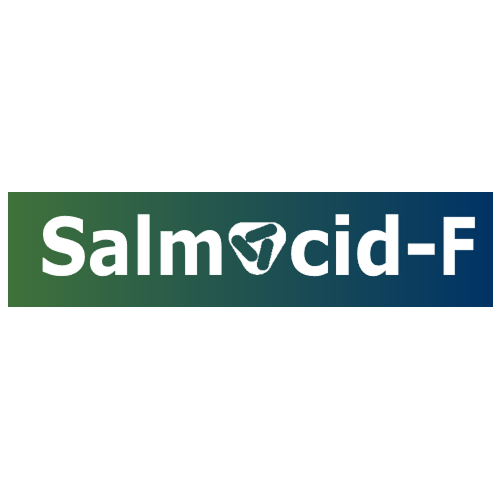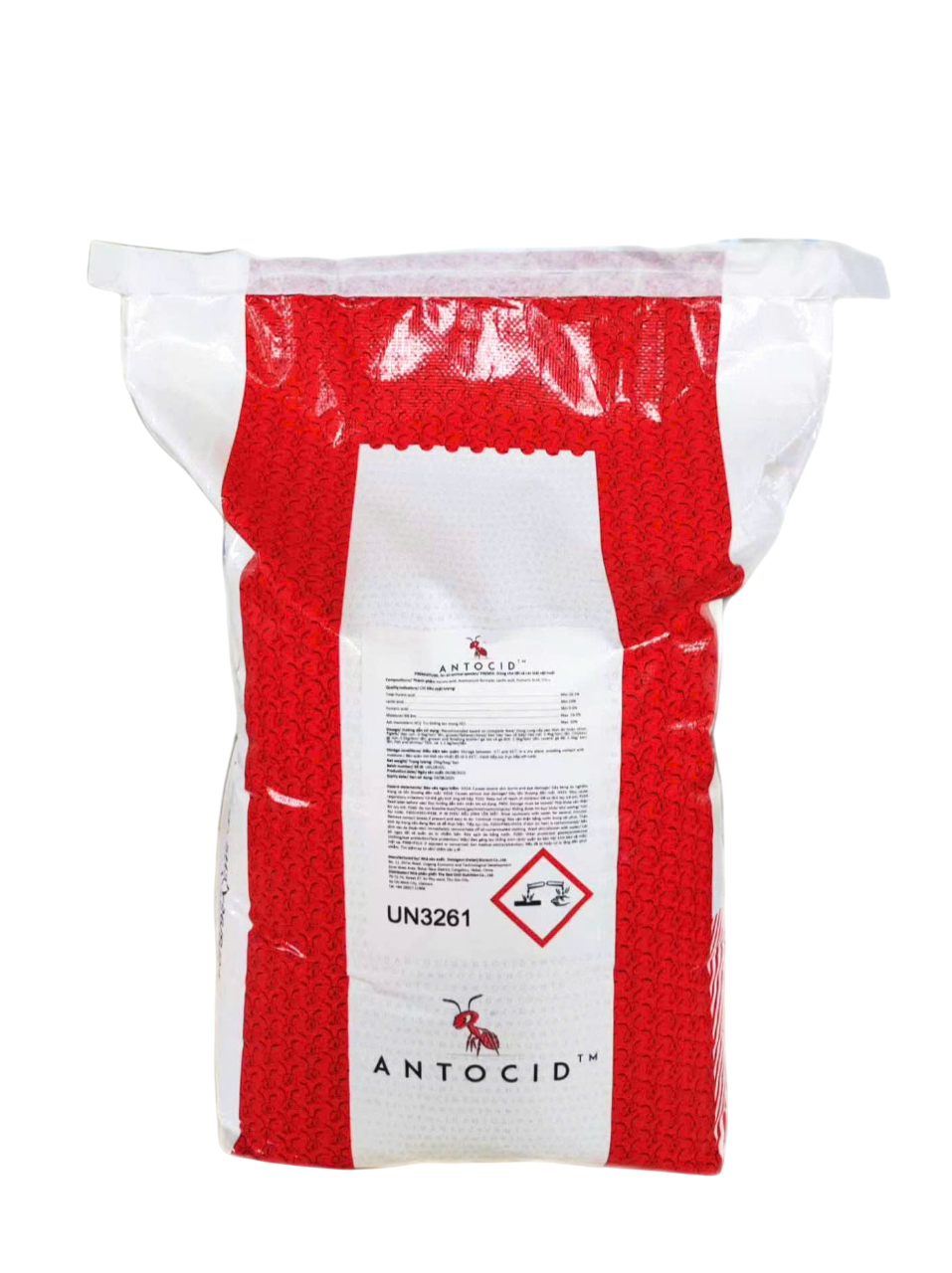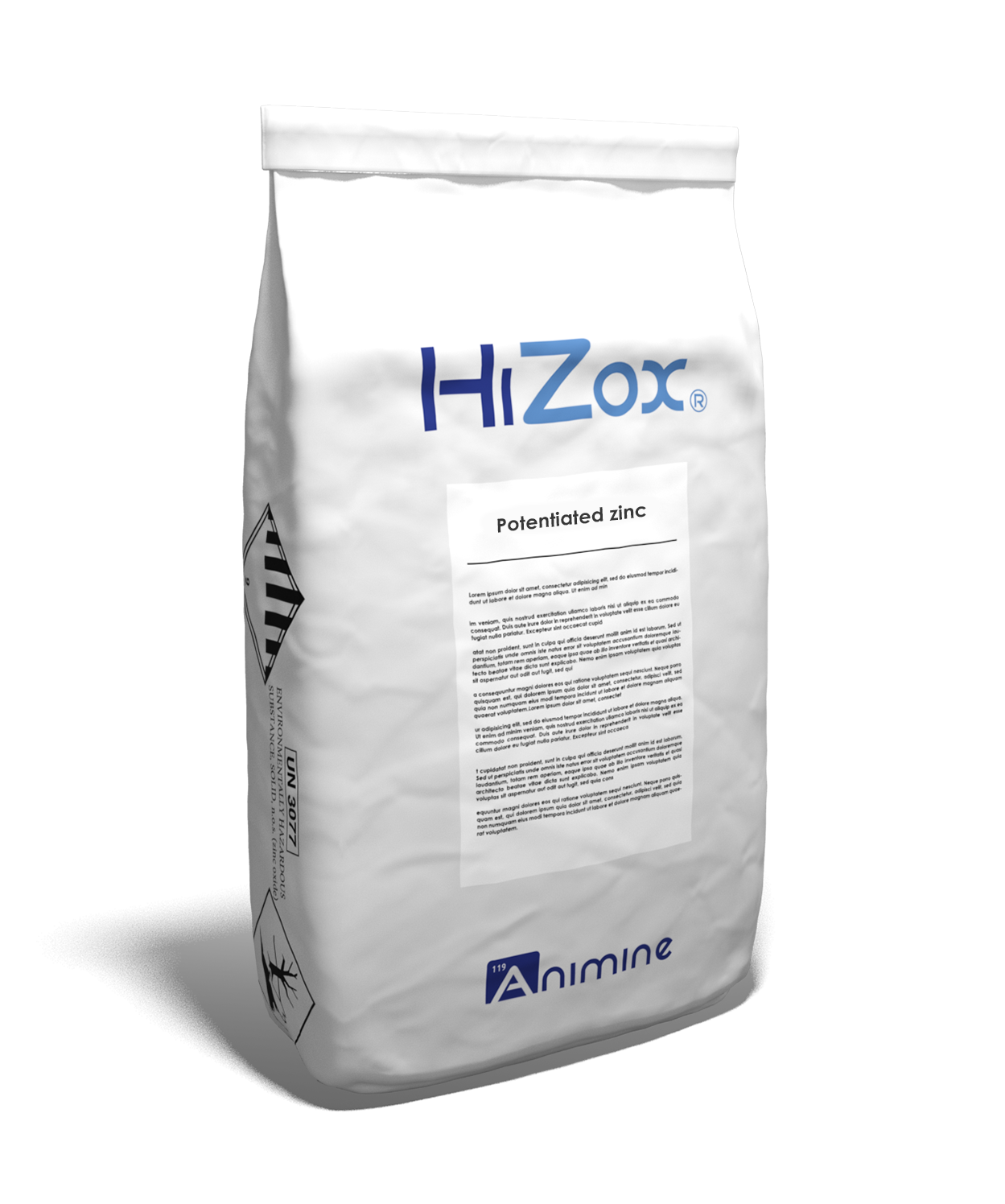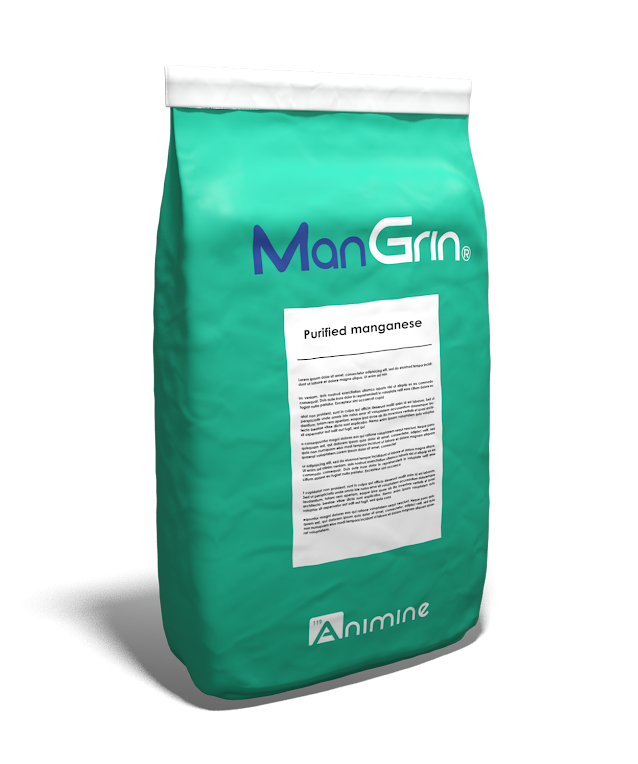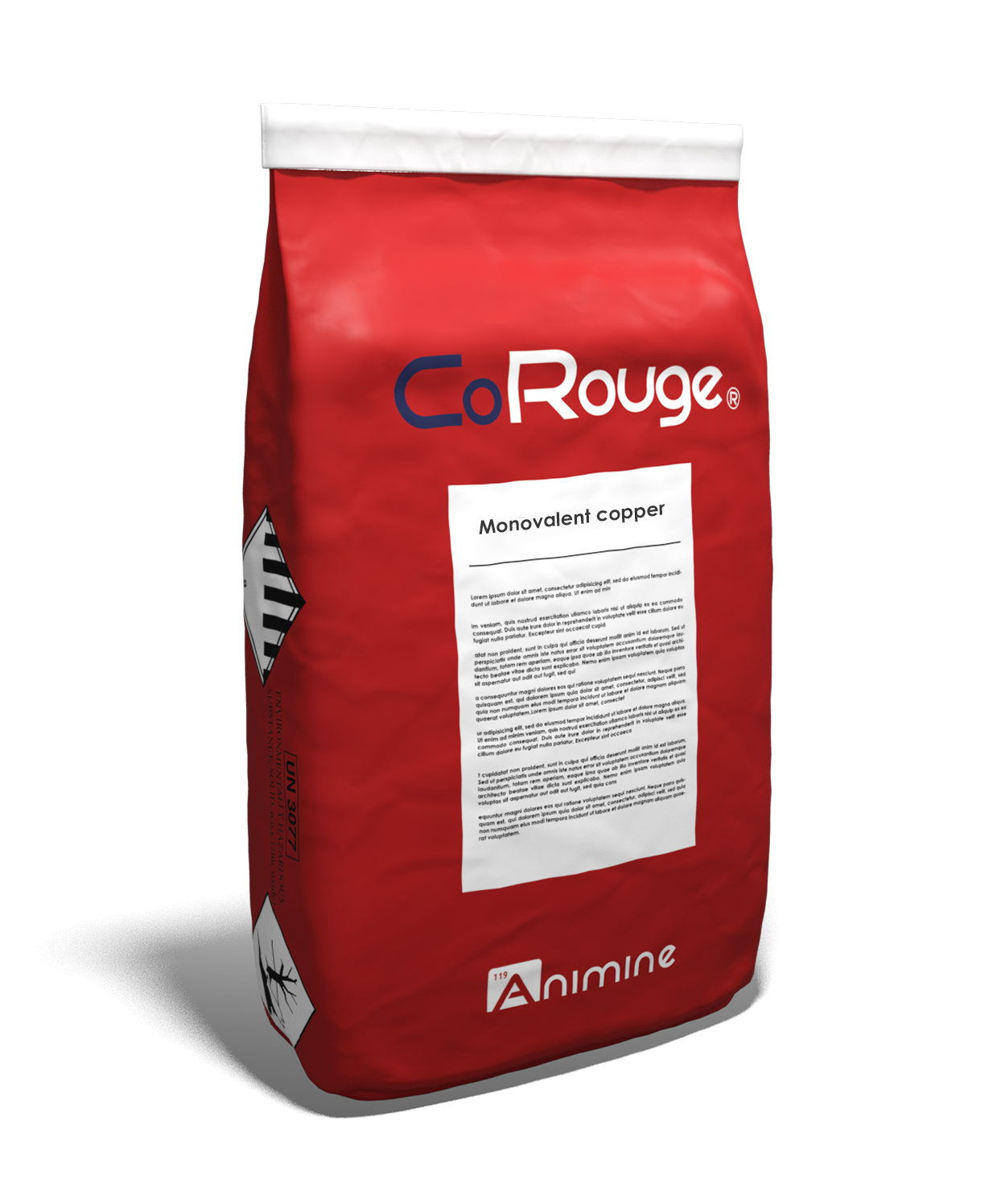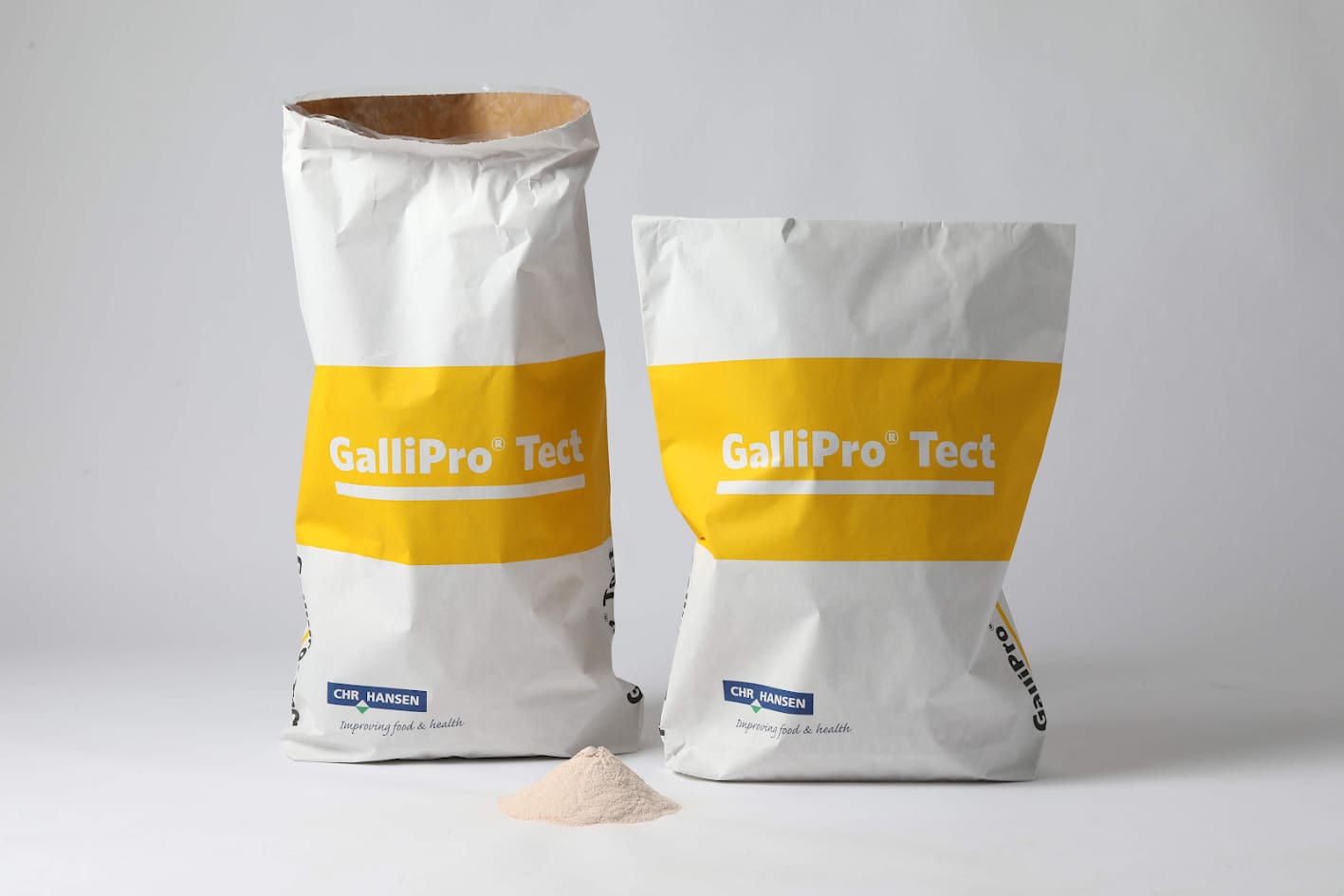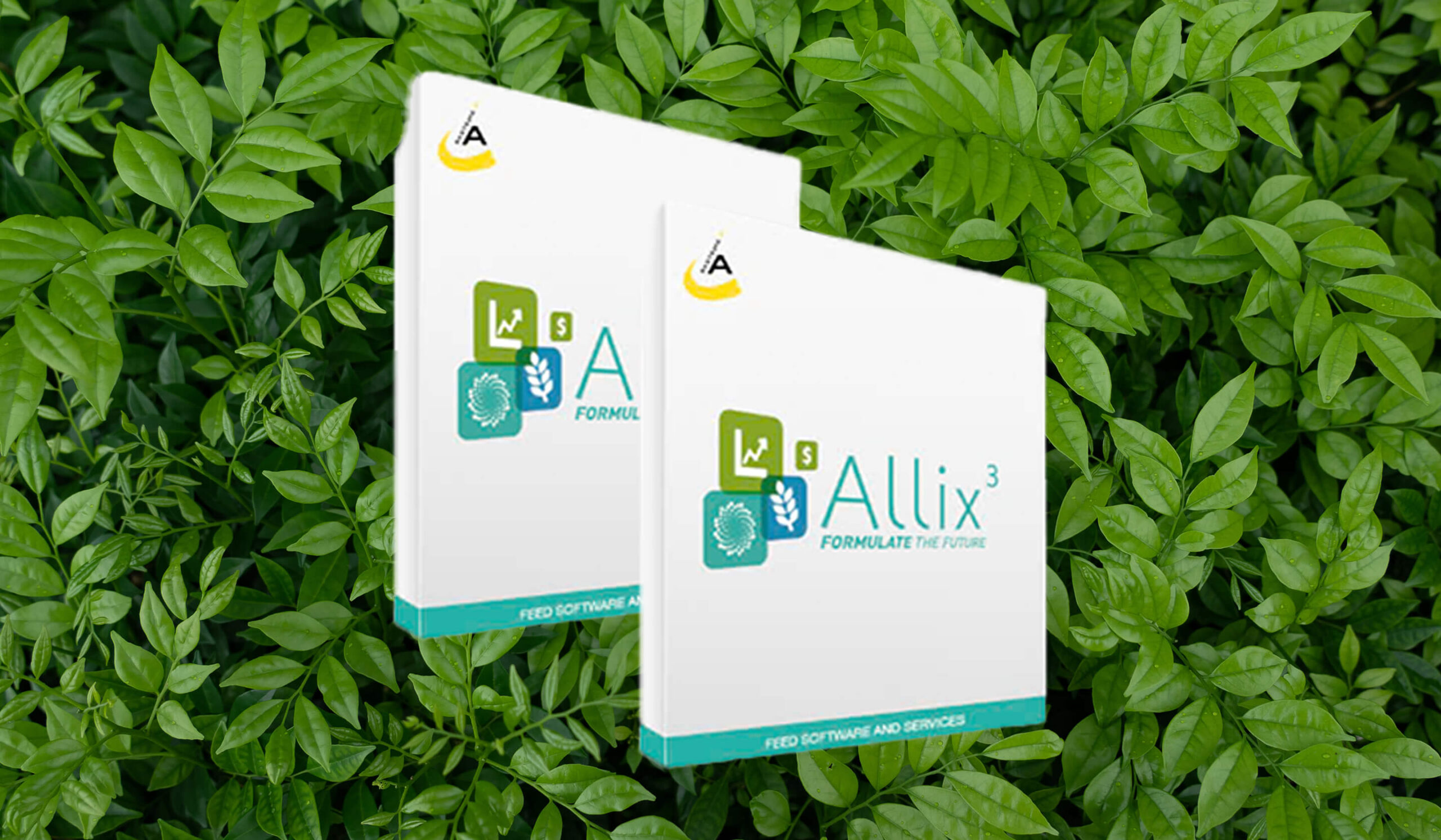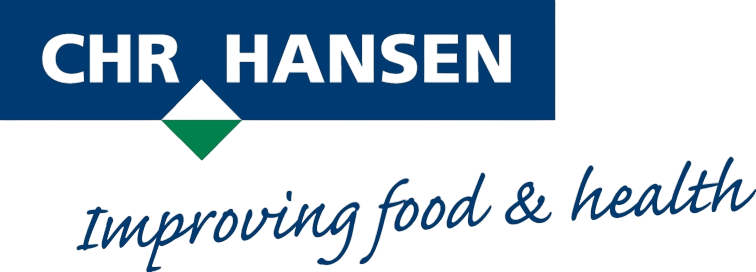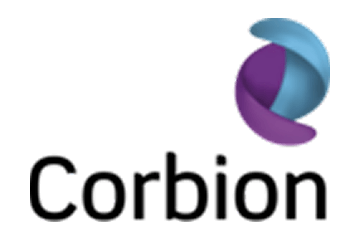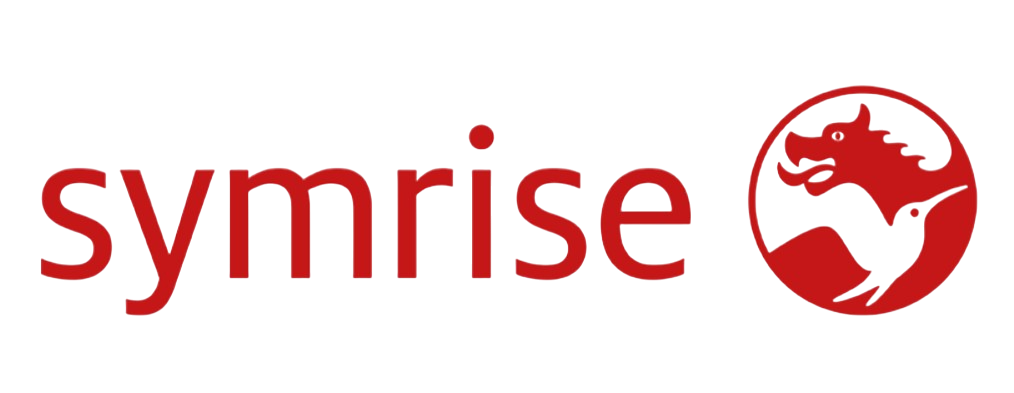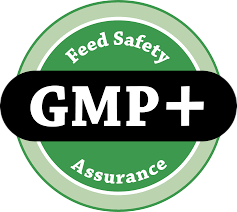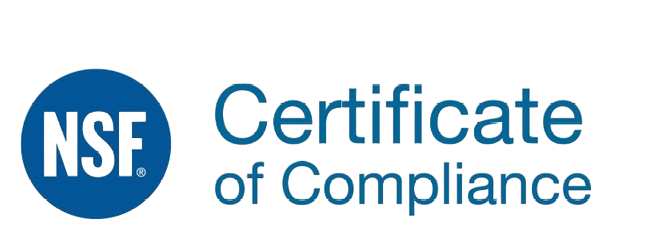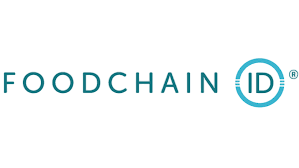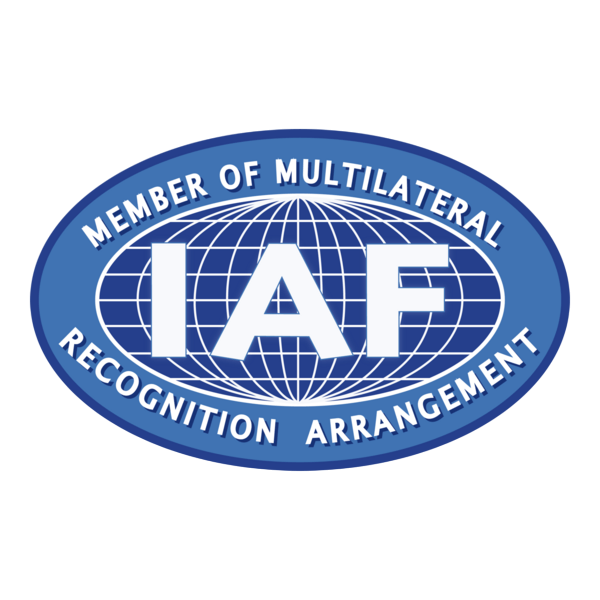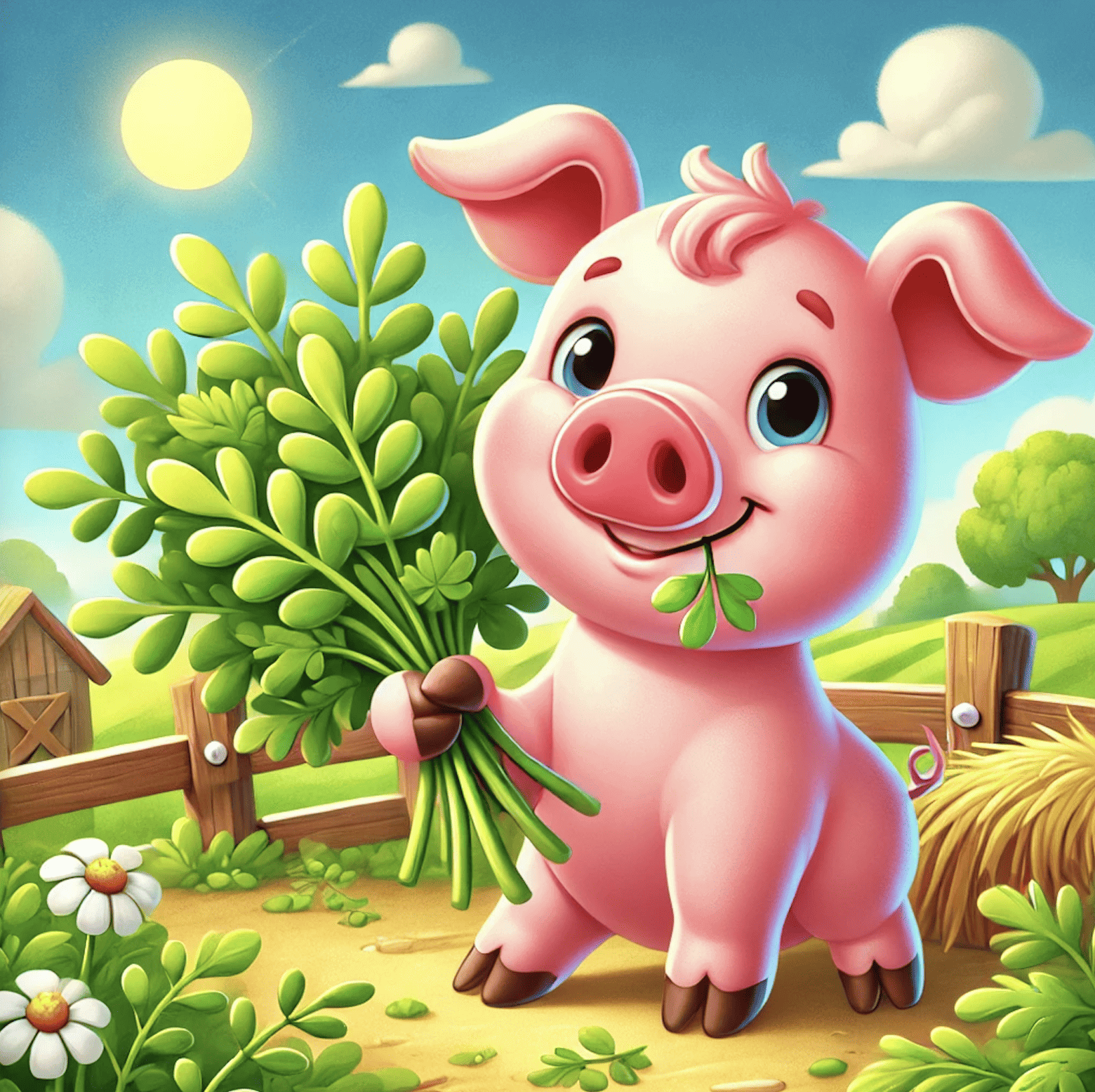About NutriSPICES
“Nutrispices chúng tôi giúp khách hàng nâng cấp sản phẩm thức ăn chăn nuôi của họ so với đối thủ bằng cách tích hợp các giải pháp dinh dưỡng (phụ gia TĂCN và phần mềm) thiết thực và sáng tạo”
David Serène
Giám đốc NutriSPICES
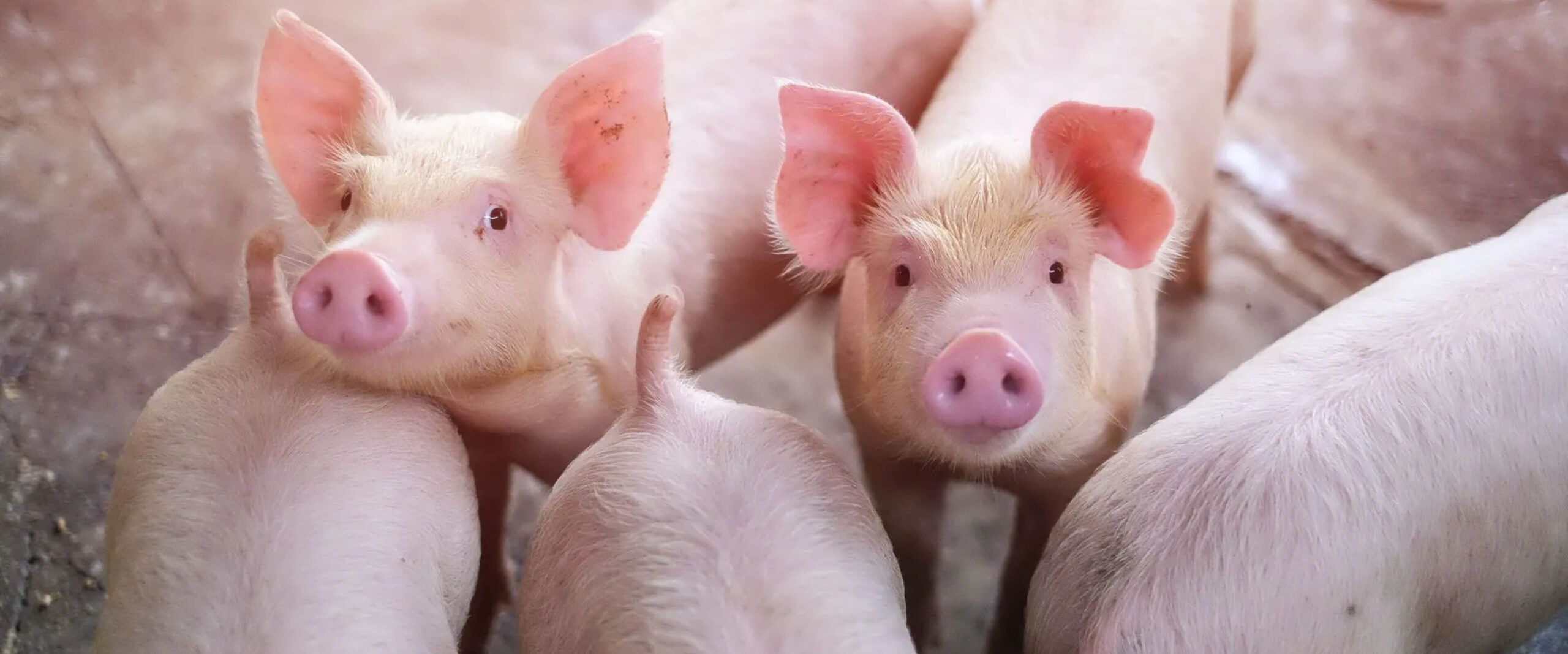
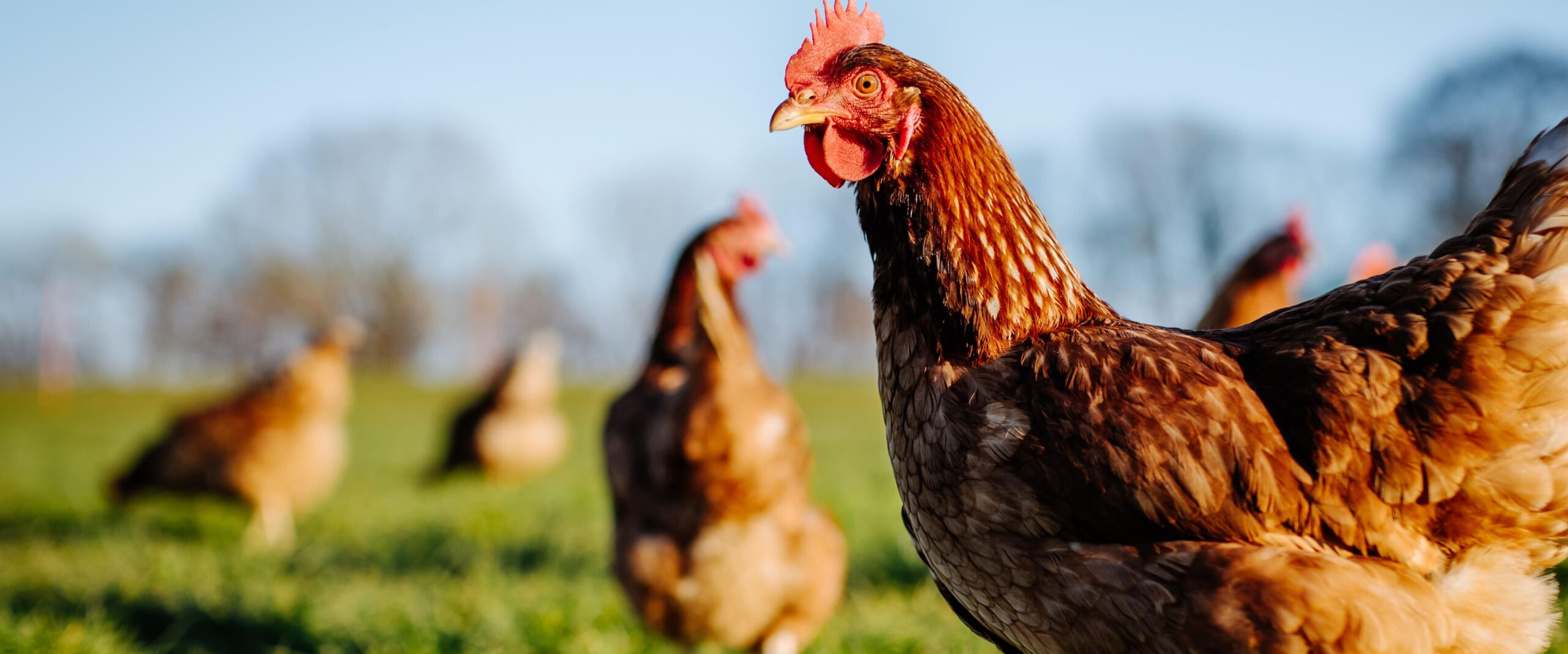


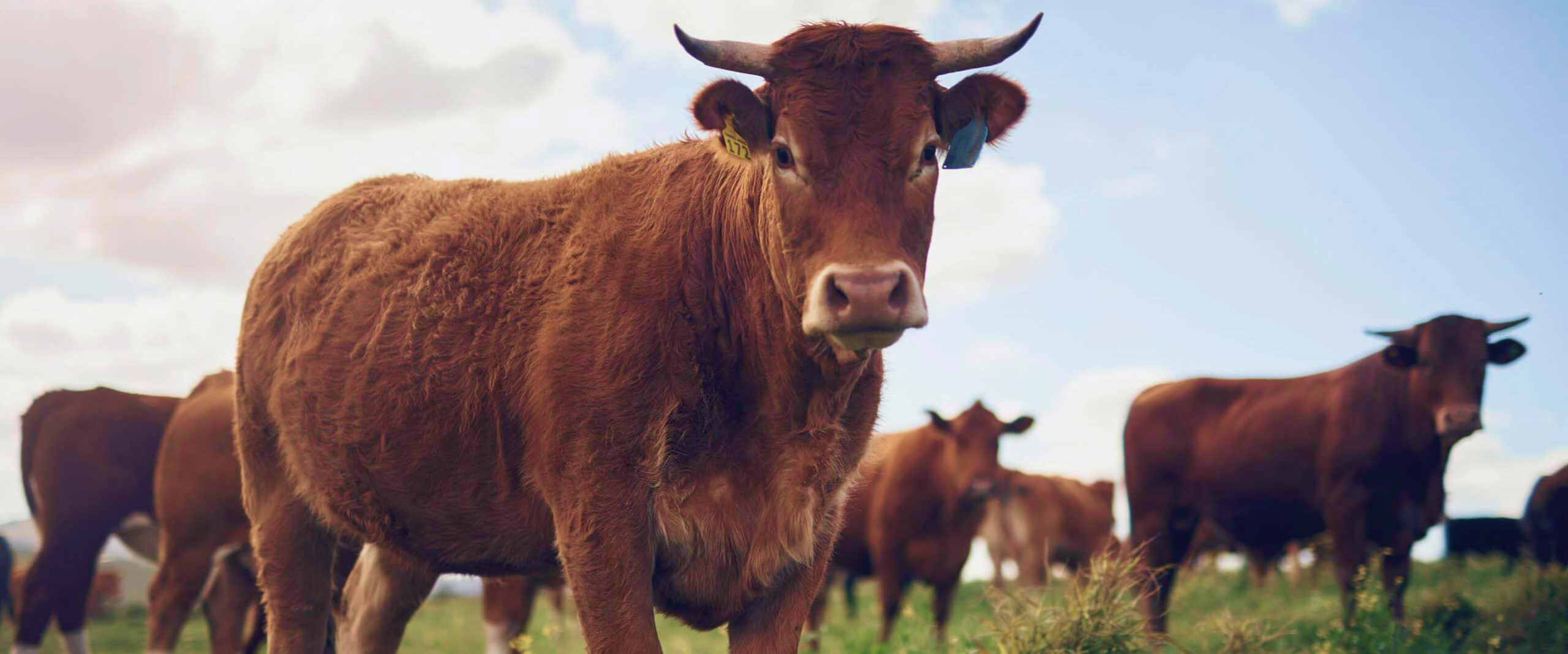
Sản phẩm
Phần mềm công thức TĂCN
Allix – Phần Mềm Công Thức TĂCN Tiên Tiến Nhất Thế Giới
ALLIX là một phần mềm tiên tiến hàng đầu thế giới trong việc phối trộn và tối ưu hóa TĂCN. Với giao diện thân thiện, bộ tính năng toàn diện và hệ thống giám sát sản xuất hiệu quả. ALLIX giúp các nhà sản xuất tối ưu chi phí nguyên liệu, nâng cao chất lượng sản phẩm và tinh gọn quy trình sản xuất thông qua tính toán dinh dưỡng thông minh và phân tích hiệu suất theo thời gian thực.
Đối tác
Chứng nhận
News
In animal nutrition, particularly for monogastric species like swine and poultry, feed formulation goes far beyond meeting basic nutritional needs. One critical yet often underestimated factor influencing performance, gut health, and nutrient absorption is feed viscosity. This is especially relevant in Southeast Asia, where the widespread use of fibrous by-products such as rice bran, cassava and copra meal presents new challenges in formulation. As local feed ingredients and strategies evolve, understanding and managing viscosity becomes essential for every nutritionist seeking to improve efficiency and profitability. What is Feed Viscosity? Feed viscosity refers to the thickness or resistance to flow of the digesta in the gastrointestinal tract. When feed is mixed with digestive secretions, certain components, particularly soluble fibers, can form viscous gels. This gel-like environment slows down nutrient absorption, impairs enzyme activity, and creates favorable conditions for harmful microbial growth. But not all fibers behave the same way. Only soluble fibers increase viscosity because they dissolve in water and form molecular networks that bind water and thicken the intestinal contents. Common examples in the Southeast Asian context include pectins in cassava, arabinoxylans in rice bran, and mannans in copra meals. Both pigs and poultry are affected by viscous diets, but poultry are more sensitive due to their shorter gastrointestinal tract and faster transit time. In broilers, increased viscosity is directly linked to reduced nutrient absorption and wet litter problems. In piglets, the impact is milder but still significant, particularly in the post-weaning phase when the digestive system is immature. With growing use of non-traditional fiber sources in Asian piglet diets, attention to viscosity is more important than ever. What Causes Feed Viscosity? Viscosity mainly arises from soluble non-starch polysaccharides (NSPs) complex carbohydrates found in many plant-based feed ingredients. In Southeast Asia, key sources include: Arabinoxylans in rice bran and corn
As the global demand for sustainable and natural agricultural practices intensifies, the use of plants in animal nutrition is emerging as a promising solution to reduce reliance on synthetic additives. Plants serve numerous purposes in animal nutrition. The polyphenols and their role as antioxidants is already well know. Grape seed extract and trans-anethole reduce oxidative stress and enhance antioxidant capacity, supporting overall health. To modulate the immune system, Astragalus roots stimulates immune function and resilience, while Echinacea boosts the immune response against pathogens. Gut health can also be significantly improved through garlic, which balances gut microbiota, and oregano, which provides antimicrobial properties to enhance gut integrity. In aquaculture, plants provide specific benefits, such as spirulina, which enhances pigmentation and immune function, and kelp, which supplies essential minerals and polysaccharides for stress resilience and growth. But in this month Nutricle, I would like to have a specific approach on the plants recommended for promoting feed intake and growth performance. For Piglets, Broilers, and Fish Fenugreek stimulates appetite through bioactive compounds like saponins and alkaloids, enhancing feed palatability and promoting digestive enzyme secretion. Curcuma acts as an anti-inflammatory and antioxidant, promoting better feed utilization and growth. Ginger improves gut health and enhances enzymatic activity, boosting growth rates. For Sows and Layers Fenugreek stimulates appetite and supports lactation by promoting milk yield and improving nutrient availability, making it particularly valuable for enhancing sow productivity. Maca enhances reproductive performance and hormonal balance, improving recovery post-farrowing and supporting egg production in layers. Ginseng strengthens metabolic energy and immunity, contributing to productivity and resilience. For Shrimps Curcuma acts as an antimicrobial and antioxidant, reducing disease incidence and improving feed efficiency. Fenugreek, due to its high saponin content, helps reduce toxic ammonia levels while enhancing appetite and digestive efficiency. Similarly, Yucca, also rich in saponins, improves water
In piglet nutrition, zinc oxide has long been a trusted ally. For decades, nutritionists have relied on it to fight post-weaning diarrhea, boost gut health, and help young pigs thrive through their most fragile weeks. Yet behind this familiar white, black or yellow powder lies a deeper truth: not all zinc oxide is created equal. While many feed formulators focus on the dosage, how many kilograms per ton, how many weeks in the program, the real story, and often the real problem, comes down to something less obvious: the physical and chemical nature of the zinc oxide itself. The analysis of multiple zinc oxide sources used across Asia and beyond has enabled to identify three distinct families of products, illustrated by different color and each behaving differently in the piglet’s digestive tract and each with its own consequences for antibacterial efficacy. Family One: White, Fast, and Short-Lived The first family of zinc oxide products is typically white in color and comes mostly from Asian sources. These products have small particle size, low density, but relatively high surface area. At first, they look like strong performers. The high surface area suggests plenty of material ready to interact with bacteria, giving a sharp antibacterial punch, on paper at least. But once these small, light particles hit the piglet’s stomach acid, they dissolve rapidly, sometimes too rapidly. The zinc ions release so quickly that by the time they meet bacteria, the antibacterial effect has already faded away. To compensate, nutritionists often increase the dosage, usually pushing up to 3 kilograms per ton of feed. But this raises serious concerns: Toxicity risks, especially if used for more than two weeks Reduction of feed intake as zinc taste is rejected by piglets Blocking actions of phytases Environmental burdens due to zinc excretion Regulatory red flags
Hội thảo tại Bangkok, ngày 11 tháng 3 năm 2025
In animal nutrition, particularly for monogastric species like swine and poultry, feed formulation goes far beyond meeting basic nutritional needs. One critical yet often underestimated factor influencing performance, gut health, and nutrient absorption is feed viscosity. This is especially relevant in Southeast Asia, where the widespread use of fibrous by-products such as rice bran, cassava and copra meal presents new challenges in formulation. As local feed ingredients and strategies evolve, understanding and managing viscosity becomes essential for every nutritionist seeking to improve efficiency and profitability. What is Feed Viscosity? Feed viscosity refers to the thickness or resistance to flow of the digesta in the gastrointestinal tract. When feed is mixed with digestive secretions, certain components, particularly soluble fibers, can form viscous gels. This gel-like environment slows down nutrient absorption, impairs enzyme activity, and creates favorable conditions for harmful microbial growth. But not all fibers behave the same way. Only soluble fibers increase viscosity because they dissolve in water and form molecular networks that bind water and thicken the intestinal contents. Common examples in the Southeast Asian context include pectins in cassava, arabinoxylans in rice bran, and mannans in copra meals. Both pigs and poultry are affected by viscous diets, but poultry are more sensitive due to their shorter gastrointestinal tract and faster transit time. In broilers, increased viscosity is directly linked to reduced nutrient absorption and wet litter problems. In piglets, the impact is milder but still significant, particularly in the post-weaning phase when the digestive system is immature. With growing use of non-traditional fiber sources in Asian piglet diets, attention to viscosity is more important than ever. What Causes Feed Viscosity? Viscosity mainly arises from soluble non-starch polysaccharides (NSPs) complex carbohydrates found in many plant-based feed ingredients. In Southeast Asia, key sources include: Arabinoxylans in rice bran and corn
Để biết thêm thông tin, vui lòng liên hệ với chúng tôi
Hãy kết nối với các chuyên gia của chúng tôi để khám phá cách NutriSPICES có thể nâng cao chương trình dinh dưỡng cho vật nuôi của bạn và cải thiện hiệu quả sản xuất.
